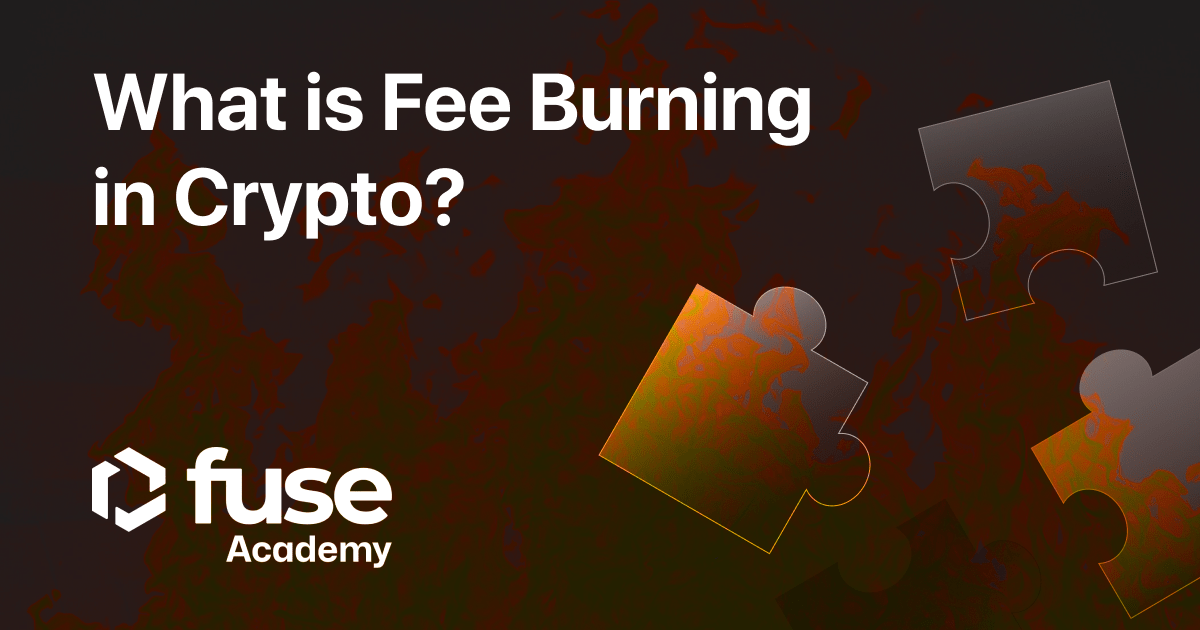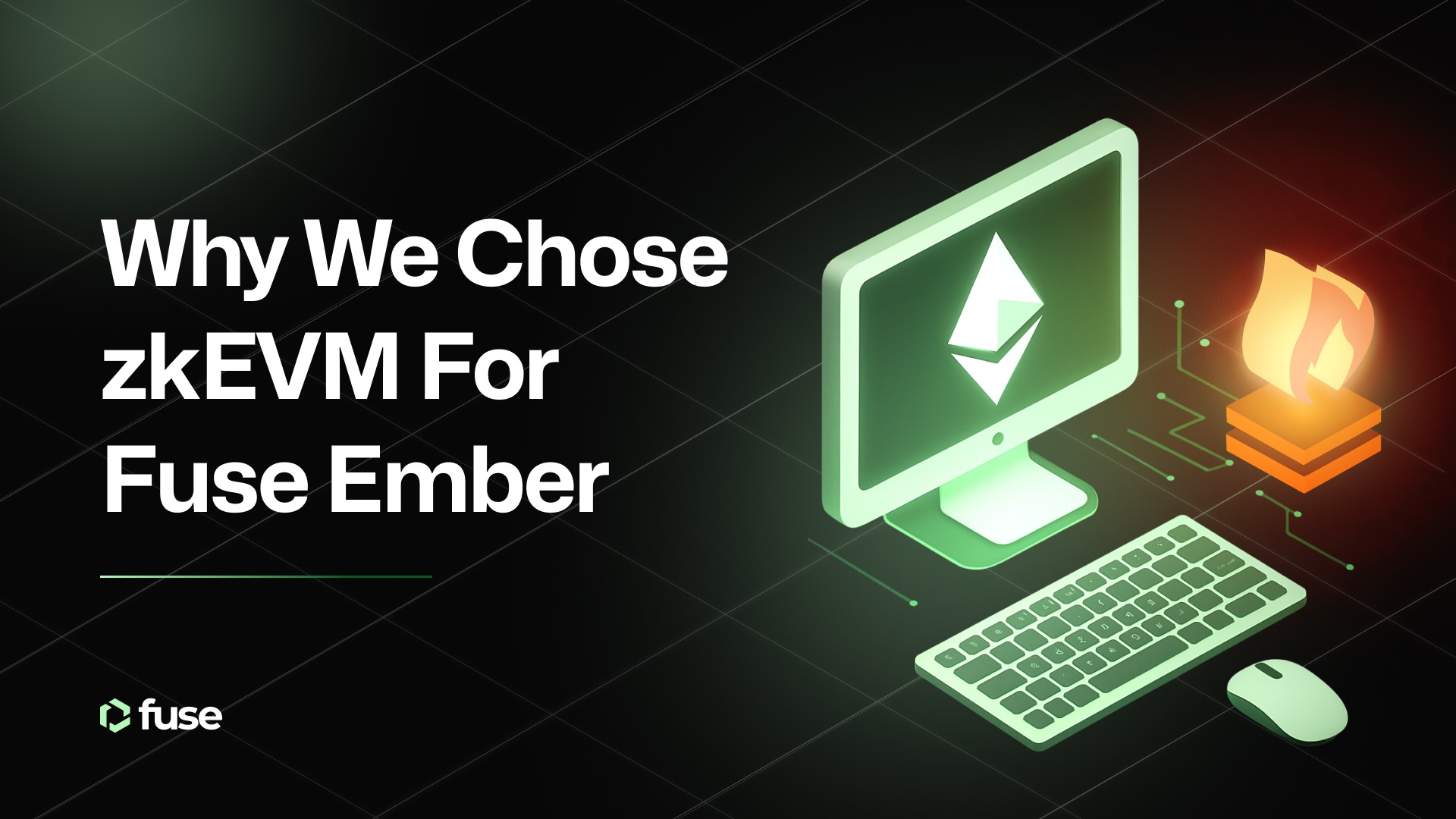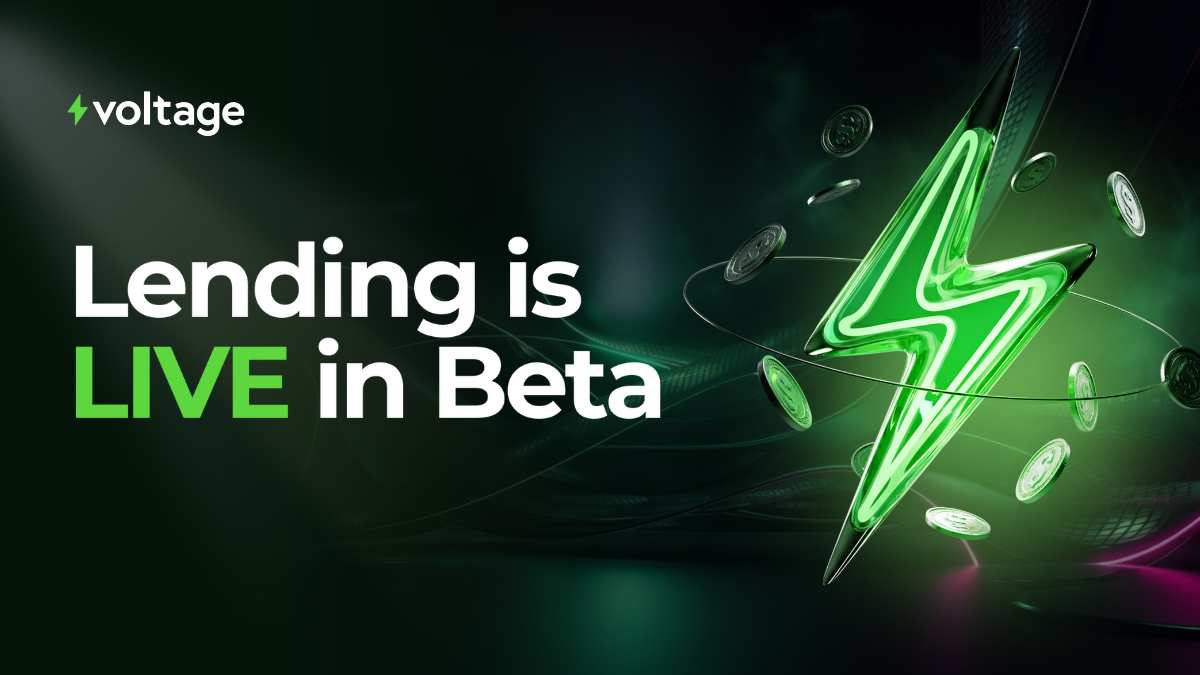In crypto, fee burning refers to permanently removing or destroying a portion of the transaction fees or tokens used within a blockchain network. This process is typically implemented to reduce the total supply of tokens or to incentivize holders by increasing the scarcity of the remaining tokens.
It’s important to note that the impact of fee burning on a blockchain’s value and ecosystem can vary depending on factors such as the network’s design, tokenomics, market conditions, and user adoption. While fee burning can have potential benefits, its effectiveness in increasing value is influenced by various factors and is not guaranteed.
In a nutshell, fee burning is a mechanism blockchains employ to manage supply, control inflation, increase value, improve economic efficiency, and support ecosystem development. Its implementation aims to positively impact the blockchain’s overall functionality and the value of its native cryptocurrency.

Let’s dive in!
- What is Fee Burning in Crypto?
- How Does Fee Burning Work?
- Do all Blockchains Burn Fees?
- What Fees are Burnt?
- Fee Burning Based on EIP-1559
- Is Fee Burning Guaranteed to Increase Token Value?
- Coming Soon: Fee Burning on Fuse
What is Fee Burning in Crypto?
Fee burning in crypto refers to permanently removing a portion of a cryptocurrency’s supply from circulation by burning or destroying the tokens or coins. This is typically done by sending them to a designated burn address, which is an address that cannot be used for transactions other than receiving the tokens. Once the tokens are sent to the burn address, they are considered inaccessible and cannot be used or traded in the future.
How Does it Work?
Fee burning can occur in various ways depending on the specific blockchain protocol. One standard method involves collecting transaction fees within the network and periodically removing them from circulation by sending them to an unspendable address or using a smart contract to burn the tokens. This action effectively reduces the total supply of tokens, potentially leading to increased value for the remaining tokens.
Fee burning can serve different purposes depending on the blockchain project. It can help maintain the overall economic balance within the network, combat inflation, or reward token holders by increasing the value of their holdings. Additionally, fee-burning mechanisms can create deflationary tokens, where the supply decreases over time, potentially leading to long-term price appreciation.
Do all Blockchains Burn Fees?
It’s important to note that fee burning is only universal in some cryptocurrencies or blockchain networks. Its implementation depends on the specific design and objectives of each project. Some notable cryptocurrencies implementing fee-burning mechanisms include Binance Coin (BNB) and Ethereum (ETH).
While fee burning can have advantages, such as curbing inflation and increasing value, it’s important to note that there are also potential disadvantages. One of the drawbacks is permanently removing assets from circulation, which may reduce liquidity and accessibility. Additionally, many burned tokens may be necessary to impact the cryptocurrency’s supply or value significantly.
What Fees Are Burnt?
The fees burned in cryptocurrency refer to transaction fees. Users who perform transactions on a blockchain network must pay a fee to process and add their transactions to the blockchain. These fees are typically paid in the native cryptocurrency of the network. For example, when using Voltage Finance, a DEX on Fuse Network, a user pays fees in FUSE.
An example of fee burning can be seen in the Ethereum network. With the implementation of the London hard fork and EIP-1559, Ethereum introduced a fee-burning mechanism. The base fee for transactions is automatically calculated according to the network’s demand, and the excess fees are burned by sending them to an inactive address.
According to data from Ultra Sound Money, approximately 765,000 ETH (worth around $1.3B) has been burned since the introduction of EIP-1559. The burning of ETH occurs through transaction fees, with a portion of the fees being permanently removed from circulation.
Additionally, the success of fee burning has extended to layer-two scaling networks built on Ethereum, such as Polygon. Polygon implemented the EIP-1559 upgrade on its network, destroying MATIC tokens through fee burning.
Ethereum Fee Burn Based on EIP-1559
EIP-1559 stands for Ethereum Improvement Proposal 1559. It proposed to reform the Ethereum fee market by introducing changes to how transaction fees are calculated and managed. The main goal of EIP-1559 is to reduce the volatility of transaction fees and improve the overall user experience on the Ethereum network.
While EIP-1559 has been praised for its potential benefits, it has also faced criticism from some miners concerned about reducing their fee earnings. However, many analysts and industry experts believe that the upgrade will have a positive long-term effect on the price and usage of Ethereum.
Fee burning can play a vital role in the economic model of the Fuse Blockchain. By burning transaction fees, the supply of the native token, FUSE, is reduced over time. This mechanism effectively introduces deflationary pressure into the token economy. As the supply decreases, and assuming demand remains constant or increases, the scarcity of FUSE tokens may lead to potential price appreciation.
Is Fee Burning Guaranteed to Increase Token Value?
When fees are burned, it reduces the cryptocurrency’s circulating supply, creating a sense of scarcity and potentially increasing demand. The basic economic principle of supply and demand suggests that a decrease in supply, coupled with stable or rising demand, could lead to an increase in value.
However, the impact of fee burning on a cryptocurrency’s value depends on various factors, including market conditions, investor sentiment, the utility of the cryptocurrency, and overall adoption.
In a nutshell, fee burning is not a guaranteed way to increase value. While burning fees can have potential benefits, such as curbing inflation and increasing scarcity, there are no guarantees that it will lead to a significant and sustained increase in value.
Fee Burn on Fuse
Fuse initially adopted an inflationary model to ensure the predictability of revenue flow for network validators and delegators. However, as the network has grown and matured, the inflationary model may become negative pressure on the token’s value.
To address this, Fuse aims to transition to a deflationary model that creates value through scarcity, reduces the money supply, and provides a more stable and sustainable network. To learn more about Fuse’s changing tokenomics, its shift to fee burning, and to have your say – visit the forum now.
.svg)
.svg)












